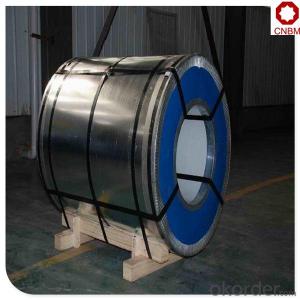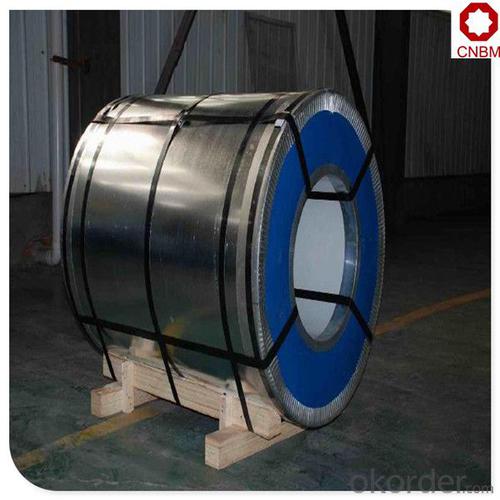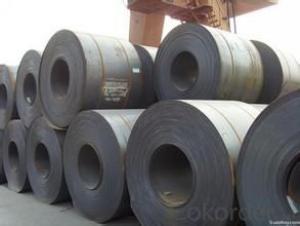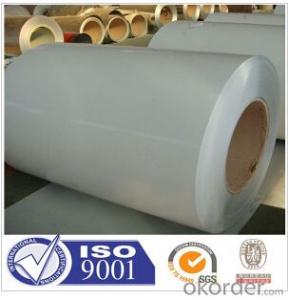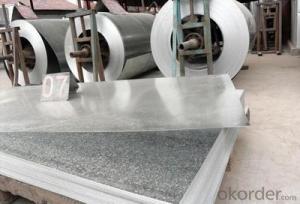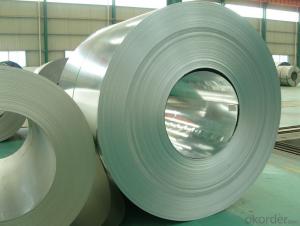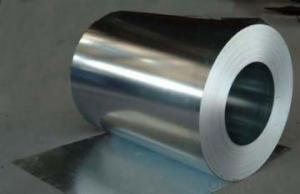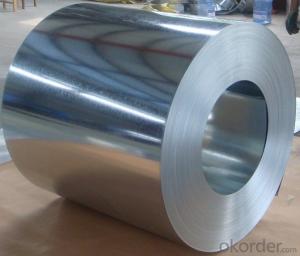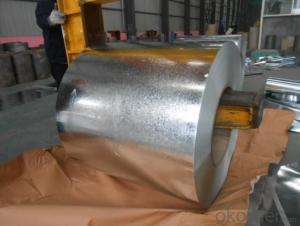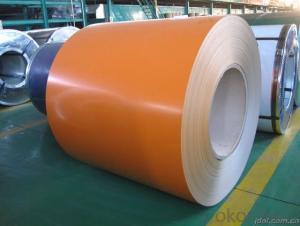Galvanized prime hot rolled steel sheet in coil S220GD+Z
- Loading Port:
- China main port
- Payment Terms:
- TT OR LC
- Min Order Qty:
- 25 m.t.
- Supply Capability:
- 34568 m.t./month
OKorder Service Pledge
OKorder Financial Service
You Might Also Like
Specification
Hot-dip galvanized steel coils are available with a pure zinc coating through the hot-dip galvanizing process. It offers the economy, strength and formability of steel combined with the corrosion resistance of zinc. The hot-dip process is the process by which steel gets coated in layers of zinc to protect against rust. It is especially useful for countless outdoor and industrial applications. Production of cold formed corrugated sheets and profiles for roofing, cladding, decking, tiles, sandwich walls, rainwater protective systems, air conditioning duct as well as electrical appliances and engineering.
Standard and Grade :
Hot-dip galvanized steel coils | ||||
ASTM A653M-06a | EN10327:2004/ 10326:2004 | JISG 3302-2010 | AS-NZS 4534-2006 | |
Commercial quality | CS | DX51D+Z | SGCC | G1+Z |
Structure steel | SS GRADE 230 | S220GD+Z | SGC340 | G250+Z |
SS GRADE 255 | S250GD+Z | SGC400 | G330+Z | |
SS GRADE 275 | S280GD+Z | SGC440 | G350+Z | |
SS GRADE 340 | S320GD+Z | SGC490 | G450+Z | |
SS GRADE550 | S350GD+Z | SGC570 | G550+Z | |
S550GD+Z | G550+Z | |||
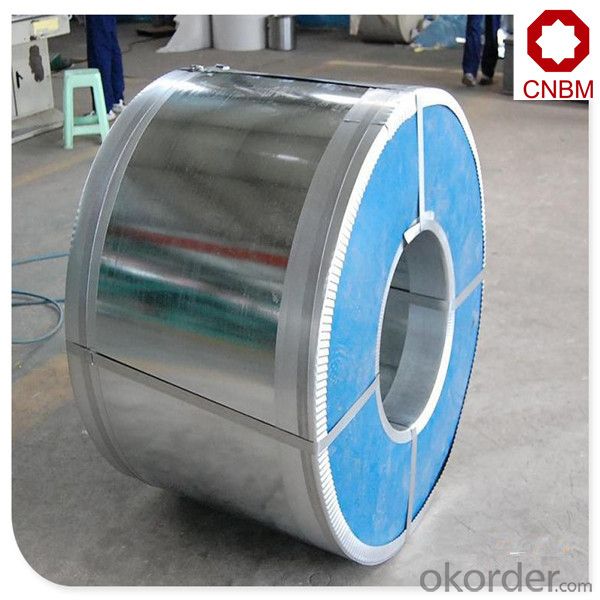
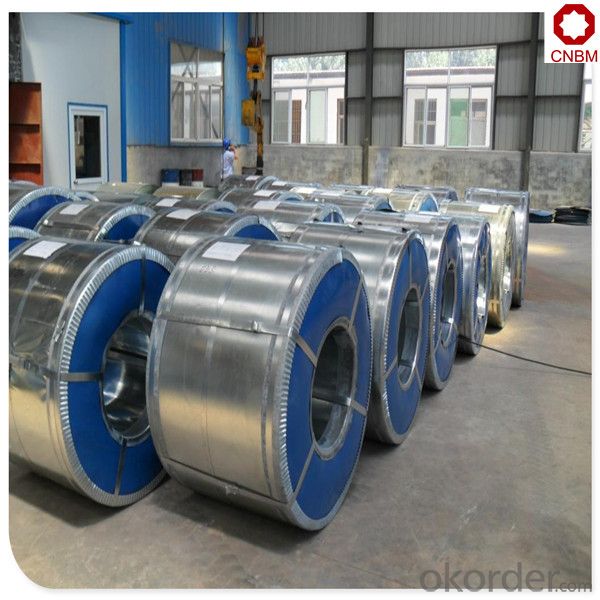
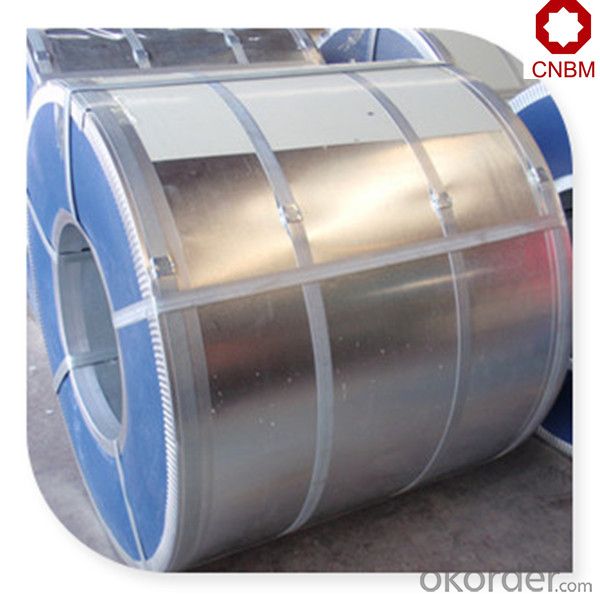
FAQ
Q: How do you guarantee the quality of your product?
A: Every process will be checked by responsible QC which insures every product's quality.
Q: How much is your delivery time?
A: Normally within 30 days of receipt of LC original or prepayment, but mostly according to the specific requirements or the quantity
Q: I need sample, could you support?
A: We can supply you with the sample for free, but the delivery charges will be covered by our customers. For avoiding the misunderstanding, it is appreciated if you can provide the International Express Account for Freight Collect. Also you can have a visit to us, welcome to CNBM!
Certificate:
CNBM International is highly recognized by its business partners and clients all over the world and has obtained rapid development under the spirit of win-win. We will carry on the mutual beneficial, innovative and revolutionary trading structure as we did before, create value for our employees, share holders and clients and benefit the whole society in our future development
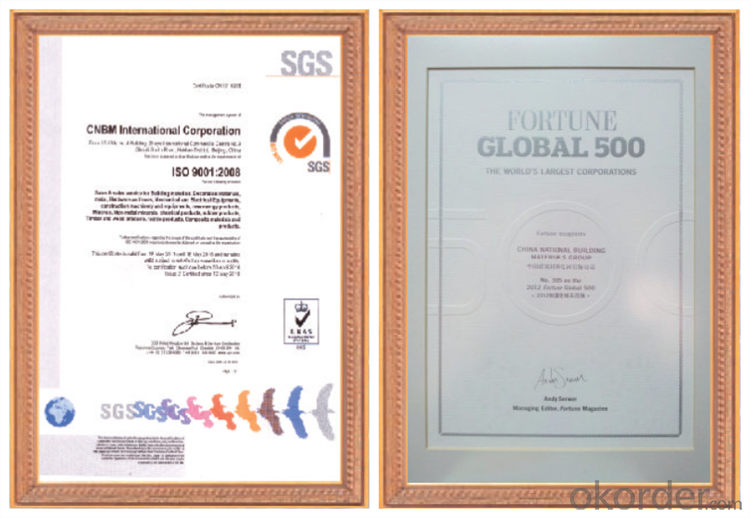
- Q: What is the minimum thickness of a steel coil?
- The specific grade and type of steel being used, along with the manufacturing process, can cause the minimum thickness of a steel coil to vary. Generally, a steel coil is typically about 0.001 inches (0.0254 millimeters) thick. It is worth mentioning that this value is a general rule and may change depending on the industry's or application's specific requirements and standards.
- Q: What are the different types of steel processing techniques for coils?
- There are several different types of steel processing techniques for coils, including hot rolling, cold rolling, galvanizing, and annealing.
- Q: I want a good quality, big, strong, steel knife but I want it to be a good price, say around $30 or less, $60 at the most. please add links.
- ka bar, If they are good enough for the U.S.M.C. They are good enough for you.
- Q: What is the role of steel coils in the manufacturing of appliances?
- Steel coils are used in the manufacturing of appliances to provide strength, durability, and structural integrity to the appliance components. They serve as the foundation for various parts, such as the body, frame, and internal structures, ensuring stability and support. Steel coils also contribute to the overall performance and lifespan of appliances by withstanding high temperatures, corrosion, and mechanical stress.
- Q: Which one has more electrical resistivity? Wood or steel? And why?I know that the resistivity depends on the material of the conductor, but i want a perfect explaination please.Thnx in advance :)
- Wood, and it depends on the elements making up the 'conductor' .. and how 'mobile' electrons are in the material .. To a first approximation (non-exotic materials), if the elements form molecules where electrons are 'weakly bound', then that material will conduct electricity. The 'weaker' the binding (and the more electrons), the better the conductor .. (it is, of course, much more complicated than that .. see link)
- Q: What are the dimensions of steel coils used in the industrial machinery industry?
- The dimensions of steel coils used in the industrial machinery industry can vary depending on the specific application and requirements. However, common dimensions for steel coils used in this industry range from 0.15 to 3.5 mm in thickness and 600 to 2,000 mm in width. The inner diameter of the coil typically ranges from 508 to 762 mm. It is important to note that these dimensions can vary based on the specific needs of the machinery and the manufacturer.
- Q: Has anyone painted their appliences with stainless steel paint? I found on the internet what is called Thomas Liquid stainless steel paint. If you have used it for your kitchen appliences or cabinets, how were the results? How hard was it to apply? Would you recommend it?
- I am also considering buying Thomas Liquid Steel, but have not used it or seen it used before. I did call a store that sells this product and they said they saw the mfg demo the product at a trade show. The store rep told me that the results were absolutely amazing. I think I will buy the medium kit direct from the mfg for $129 and give it a test run first on something other than my kitchen appliances.
- Q: How do steel coils contribute to the energy sector?
- Steel coils contribute to the energy sector in various ways. Firstly, steel coils are used in the manufacturing of equipment and infrastructure that is essential for energy production and distribution. For example, they are used in the construction of power plants, transmission towers, and pipelines. These structures require strong and durable materials, and steel coils provide the necessary strength and reliability. Moreover, steel coils play a crucial role in the renewable energy sector. They are used in the production of wind turbines and solar panels. Wind turbines require steel coils for their towers, while solar panels use steel frames to provide support and durability. As the demand for renewable energy sources continues to grow, the use of steel coils in this sector is expected to increase as well. Furthermore, steel coils are used in the production of electrical transformers. Transformers are vital components in the energy sector, as they facilitate the transmission and distribution of electricity. Steel coils are used to create the core of the transformer, which is responsible for the efficient transfer of electrical energy. The quality and reliability of the steel coils used in transformers are essential to ensure the smooth functioning of the electrical grid. In addition to their direct applications, steel coils also contribute to the energy sector indirectly. Steel is a recyclable material, and the recycling process consumes less energy compared to the production of new steel. By using recycled steel coils, the energy sector can reduce its carbon footprint and contribute to a more sustainable and environmentally friendly energy production process. Overall, steel coils are a vital component in the energy sector. They are used in the manufacturing of equipment and infrastructure, including power plants, transmission towers, wind turbines, solar panels, and electrical transformers. Additionally, the recyclability of steel contributes to the sustainability of the energy sector.
- Q: How are steel coils used in the production of shelving units?
- Steel coils are used in the production of shelving units by being cut and formed into various components, such as brackets and supports. These components are then assembled and welded together to create the frame and structure of the shelving unit. The steel coils provide strength and durability to the shelving units, ensuring they can withstand heavy loads and provide long-lasting storage solutions.
- Q: We have a stain from a pot or bowl in our new expensive stainless steel sink. It looks like a water mark that happens when you leave a glass on a table without a coaster. It's a mark in the shape of the bowl or pot that was there. We left it there overnight:( It's not rust either. Help!
- The best product I have ever come across is Barkeeper's Friend. I use the liquid version rather than powdered version. It is a soft soft abrasive scrub designed for stainless steel. I original found it to use it on all my All Clad pots and pans to keep them beautiful and shining. I also have a stainless kitchen now, sink, stove and fridge...and I use Barkeepers on everything. It is fantastic. If you don't want to go out and find Barkeepers tonight, you can get a similar affect using baking soda mixed with dish soap. Make a good paste to gently rub on stains. Be sure to rinse the stainless steel surface thoroughly, and towel dry. If the stains still remain you can try vinegar. Remember to thoroughly rinse and towel dry. But tomorrow go out and get a bottle of BarKeeper's Friend...you will never regret it. UPDATE: just saw a few other answers, DO Not use steel wool (SOS pads) you will scratch the heck out of the finish and you will not be able to fix it.
Send your message to us
Galvanized prime hot rolled steel sheet in coil S220GD+Z
- Loading Port:
- China main port
- Payment Terms:
- TT OR LC
- Min Order Qty:
- 25 m.t.
- Supply Capability:
- 34568 m.t./month
OKorder Service Pledge
OKorder Financial Service
Similar products
Hot products
Hot Searches
Related keywords
